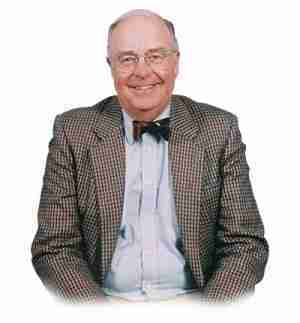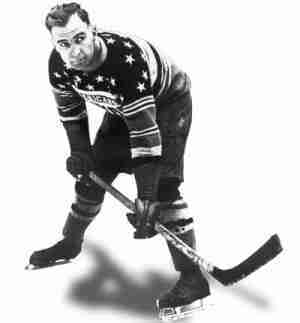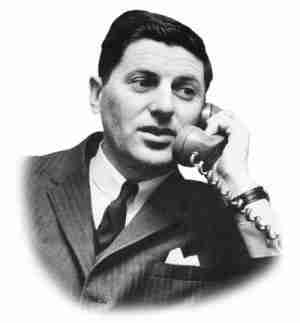Site Admin
Bill Torrey
Mar 06, 2015
Published in
1995 Hockey Inductees
Bill Torrey brought the expansion New York Islanders to prominence far faster than anyone would have thought. The former GM of the Oakland Seals, found a real home on Long Island and methodically built a team from the draft and acquired young talent who would grow into a dynasty. It is not a misrepresentation to say that Torrey built the team from scratch. He was the Islanders first employee in 1972, and the vision of team was all his. It worked, as in 1980; New York won the first of four consecutive Stanley Cups. As the architect of that dynasty, Torrey’s Hall of Fame induction was easy to justify.
Lionel Conacher
Mar 05, 2015
Published in
1994 Hockey Inductees
Named Canada’s best athlete in the first half of the 20th Century, “The Big Train” Lionel Conacher excelled at every athletic endeavor he tried. Conacher was a latecomer to Hockey, as he only picked up the game at the age of 16, and though he would become very good, he still considered it his “weakest sport”. Conacher did not turn pro until the age of 24, when he led the expansion Pittsburgh Pirates on their blue line. Conacher would move to the New York Americans, continuing to improve his play and become a true star in his adopted sport. He would twice be a major part of Stanley Cup championships in Chicago in 1934 and in Montreal for the Maroons the following season. He was also a three time Post Season All Star in the NHL. Conacher was inducted into the Hockey Hall of Fame as a Veterans Category inductee; easily becoming the best player this group ever inducted. Incidentally, Lionel Conacher also became the only man to be inducted into the Hockey, Canadian Football, Canadian Sports and Canadian Lacrosse Hall of Fame. It is no wonder that he was called the Jim Thorpe of Canada.
Harry Watson
Mar 05, 2015
Published in
1994 Hockey Inductees
The second of two Veteran’s Category inductees in the 1994 Class, Harry Watson entered the Hall with a decent resume as a five time Stanley Cup champion and a seven time All-Star game participant. Watson was a decent scorer and rarely made mistakes, but his overall performance was usually as a complementary player and not necessarily as the top star. Granted, he did play in many All-Star games, but back then it was the Champions (of which he was on five) against the best players from the rest of the NHL. It is not a travesty to have Harry Watson in the Hockey Hall of Fame, but if he was omitted it is not exactly a huge snub.
Brian O’Neill
Mar 05, 2015
Published in
1994 Hockey Inductees
The amount of roles that Brian O’Neill seemed to have in the National Hockey League was staggering. He became the Director of Administration in 1966 and helped to oversee the 1967 Expansion and prepared the expanded schedule. O’Neill would later become an Executive Director and helped with the continued expansion. After the retirement of Clarence Campbell, he was named the Executive Vice President and took over the unenviable task of player discipline. He represented the NHL in Europe, which became an expanding task as the Europeans gradually entered the league. O’Neill would also preside over the Supplementary, Waiver and Expansion drafts and subsequently was members of other NHL committees. For all of his work in all of the lines of work with the National Hockey League, this man who is largely anonymous to hockey fans belongs in the Hall of Fame.




